Home>Gardening & Outdoor>Landscaping Ideas>When To Fertilize My Zoysia Grass
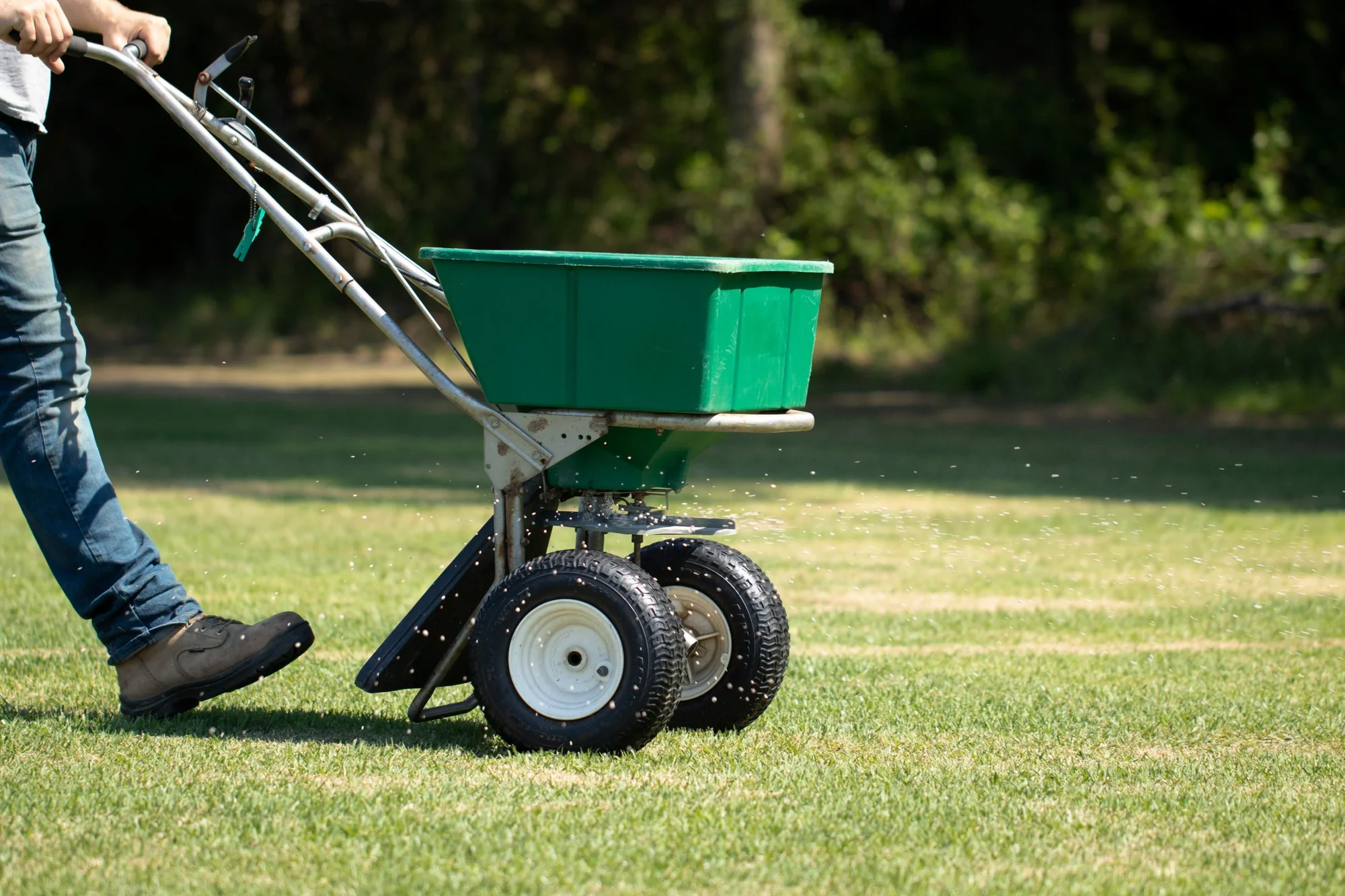

Landscaping Ideas
When To Fertilize My Zoysia Grass
Modified: August 27, 2024
Learn the best timing for fertilizing your Zoysia grass to keep it lush and healthy. Get expert landscaping ideas and tips for maintaining your lawn. Discover when and how to fertilize for optimal results!
(Many of the links in this article redirect to a specific reviewed product. Your purchase of these products through affiliate links helps to generate commission for Storables.com, at no extra cost. Learn more)
Introduction
Welcome to the wonderful world of landscaping and lawn care! If you’re a proud owner of a Zoysia grass lawn, you’re already familiar with the beauty and resilience this grass variety brings to your outdoor space. However, maintaining that lush, vibrant look requires some effort and understanding of the best practices for lawn care. One crucial aspect of nurturing a thriving Zoysia grass lawn is knowing when and how to fertilize it.
In this comprehensive guide, we’ll delve into the nuances of fertilizing Zoysia grass, providing you with valuable insights and practical tips to ensure your lawn remains healthy and visually stunning throughout the year. So, let’s roll up our sleeves, put on our gardening gloves, and embark on this enriching journey to discover the best fertilization practices for your beloved Zoysia grass.
Key Takeaways:
- Timing is crucial when fertilizing Zoysia grass. Early spring, mid-summer, and late summer to early fall are the best times, but avoid late fall fertilization to ensure a healthy, vibrant lawn.
- Proper soil preparation, fertilizer selection, and application techniques are essential for effective fertilization. Watering, maintenance, and monitoring also play key roles in nurturing a resilient Zoysia grass lawn.
Read more: How Often To Fertilize Zoysia Grass
Understanding Zoysia Grass
Zoysia grass is a warm-season turfgrass known for its lush, dense growth and exceptional tolerance to heat, drought, and foot traffic. This resilient grass variety thrives in regions with hot, humid summers and relatively mild winters, making it a popular choice for lawns in the southern United States and similar climates around the world.
One of the key attributes of Zoysia grass is its ability to establish a thick, uniform turf that exhibits excellent resistance to weeds and common turf diseases. Its fine-textured blades and vibrant green hue lend a visually appealing and manicured look to lawns, making it a sought-after option for homeowners who take pride in their outdoor spaces.
Furthermore, Zoysia grass is renowned for its low maintenance requirements once established. Its deep root system enables it to withstand periods of drought, reducing the need for frequent watering compared to other grass species. Additionally, Zoysia grass exhibits moderate to high tolerance to salinity, making it suitable for coastal areas where soil salinity can pose challenges for other turfgrasses.
Understanding the unique characteristics of Zoysia grass is essential for tailoring an effective fertilization regimen that supports its specific growth patterns and seasonal needs. By gaining insights into the grass’s growth habits and nutritional requirements, you’ll be better equipped to provide the care and nourishment necessary for a thriving Zoysia lawn.
Factors to Consider
When it comes to fertilizing Zoysia grass, several factors should be taken into account to optimize the effectiveness of the fertilization process. Understanding these factors will empower you to make informed decisions and tailor your fertilization schedule to suit the unique needs of your Zoysia lawn.
- Grass Growth Stage: Zoysia grass exhibits distinct growth patterns throughout the year, transitioning from dormancy in winter to active growth in spring and summer. It’s essential to consider the grass’s current growth stage when determining the most suitable timing for fertilization. Fertilizing during the active growth phase promotes vigorous root development and lush foliage, contributing to a healthy, resilient lawn.
- Soil Nutrient Levels: Conducting a soil test to assess nutrient levels is a valuable step in formulating a targeted fertilization plan. By identifying any deficiencies or excesses in essential nutrients such as nitrogen, phosphorus, and potassium, you can apply fertilizers strategically to address specific nutritional requirements and maintain a balanced soil environment for optimal grass growth.
- Climate and Weather Conditions: The local climate and weather patterns play a significant role in determining the frequency and timing of fertilization. Factors such as temperature, precipitation, and humidity influence the grass’s nutrient uptake and utilization. Adjusting your fertilization schedule in response to seasonal variations and weather fluctuations can help maximize the benefits of the applied nutrients while minimizing potential environmental impact.
- Mowing and Maintenance Practices: Incorporating regular mowing and proper lawn maintenance into your overall lawn care routine can impact the effectiveness of fertilization. Ensuring that the grass is at an optimal mowing height and free from thatch buildup allows for better nutrient absorption and utilization, enhancing the overall efficacy of the fertilization process.
- Environmental Considerations: Being mindful of environmental factors such as water sources, proximity to water bodies, and local regulations regarding fertilizer application is essential for practicing responsible lawn care. Choosing appropriate fertilizer formulations and applying them in accordance with environmental guidelines helps minimize the risk of nutrient runoff and promotes eco-friendly lawn management.
By considering these factors and integrating them into your approach to fertilizing Zoysia grass, you can cultivate a thriving, resilient lawn that showcases the natural beauty and exceptional qualities of this versatile turfgrass variety.
Fertilize Zoysia grass in late spring or early summer when it starts actively growing. Use a slow-release fertilizer with a 3-1-2 or 4-1-2 ratio of nitrogen, phosphorus, and potassium. Avoid fertilizing in the fall to prevent winter damage.
Best Time to Fertilize
Timing plays a pivotal role in determining the effectiveness of fertilization for Zoysia grass. Understanding the seasonal growth patterns and nutrient requirements of this warm-season grass is essential for identifying the best times to apply fertilizers, ensuring that your lawn receives the nourishment it needs to thrive.
Early Spring: As Zoysia grass emerges from its winter dormancy and begins its spring growth spurt, early spring presents an ideal window for the first round of fertilization. Applying a balanced, slow-release fertilizer during this period provides the grass with essential nutrients to support vigorous growth and promote the development of a lush, dense turf.
Mid-Summer: The mid-summer months mark a phase of active growth and vitality for Zoysia grass, making it another opportune time for fertilization. A slow-release nitrogen fertilizer can be applied to sustain the grass’s lush green color and encourage robust root development, enhancing its resilience to heat stress and foot traffic during the peak of the growing season.
Late Summer to Early Fall: Transitioning into late summer and early fall, Zoysia grass continues to thrive in the lingering warmth of the season. Fertilizing during this period supports the grass’s recovery from summer stress and prepares it for the upcoming dormancy phase. A phosphorus-rich fertilizer can aid in strengthening the grass’s root system and promoting energy storage for the approaching winter months.
Avoiding Late Fall Fertilization: It’s important to refrain from fertilizing Zoysia grass in late fall as the grass naturally begins to taper off its growth in preparation for winter dormancy. Applying fertilizer during this time can stimulate late-season growth, potentially compromising the grass’s ability to transition into dormancy and increasing its susceptibility to cold weather damage.
By aligning your fertilization schedule with the seasonal growth dynamics of Zoysia grass, you can optimize the effectiveness of the applied nutrients, promote balanced and sustained growth, and cultivate a resilient, visually appealing lawn that thrives throughout the year.
How to Fertilize
Effectively fertilizing Zoysia grass involves more than just selecting the right timing; it also requires a strategic approach to application and an understanding of the key considerations that contribute to successful nutrient uptake and utilization by the grass. By following best practices and adopting a mindful approach to fertilization, you can maximize the benefits of the applied nutrients and nurture a healthy, vibrant lawn.
Soil Preparation: Before fertilizing, ensure that the lawn is free from thatch buildup and debris that could impede the uniform distribution of the fertilizer. Performing core aeration can also enhance soil aeration and promote better nutrient absorption by the grass roots, optimizing the overall effectiveness of the fertilization process.
Selection of Fertilizer: Choosing a high-quality, slow-release fertilizer formulated specifically for warm-season grasses such as Zoysia is essential for providing sustained and balanced nutrition to the grass over an extended period. Opt for a fertilizer with a balanced NPK (nitrogen, phosphorus, and potassium) ratio suited to the specific needs of Zoysia grass, promoting healthy growth and resilience.
Application Technique: When applying fertilizer, use a calibrated spreader to ensure even coverage and prevent over-application in certain areas. Following the recommended application rates specified on the fertilizer packaging helps avoid the risk of nutrient imbalances and minimizes the potential for fertilizer burn, safeguarding the health of the grass and the surrounding environment.
Watering and Timing: After fertilizing, lightly water the lawn to facilitate the release of nutrients into the soil and encourage their uptake by the grass roots. Timing the application of fertilizer to coincide with forecasted rainfall or irrigation schedules can optimize nutrient absorption, promoting efficient utilization by the grass while minimizing the risk of nutrient runoff.
Maintenance and Monitoring: Regularly mowing the grass at the appropriate height and adhering to a consistent lawn maintenance routine supports the effectiveness of fertilization by promoting uniform nutrient distribution and uptake. Additionally, monitoring the grass’s response to fertilization and adjusting the fertilization schedule as needed based on visual cues and soil testing results ensures that the lawn receives tailored and responsive care.
By approaching the fertilization process with attention to detail and a commitment to providing the best possible care for your Zoysia grass, you can nurture a resilient, visually striking lawn that thrives under your dedicated stewardship.
Read more: When To Plant Zoysia Grass Plugs
Conclusion
Caring for a Zoysia grass lawn is a rewarding endeavor that offers the opportunity to cultivate a vibrant, resilient outdoor space that enhances the beauty of your home. By gaining a deeper understanding of the unique characteristics and growth patterns of Zoysia grass, you can embark on a journey to provide tailored and effective fertilization, nurturing a lawn that flourishes throughout the seasons.
From considering the grass’s growth stage and soil nutrient levels to aligning fertilization with the best times for application, each aspect of the fertilization process contributes to the overall health and vitality of your Zoysia lawn. By integrating thoughtful soil preparation, strategic fertilizer selection, precise application techniques, and diligent monitoring, you can optimize the benefits of fertilization and support the grass’s natural resilience and beauty.
As you tend to your Zoysia grass lawn, remember that the commitment to responsible lawn care extends beyond fertilization. Embracing holistic lawn maintenance practices, including proper mowing, irrigation, and pest management, complements the fertilization efforts, creating an environment where Zoysia grass can thrive and showcase its inherent grace and durability.
Ultimately, the journey of fertilizing Zoysia grass is a harmonious blend of science and art, where the application of knowledge and expertise converges with a genuine passion for creating and nurturing a living masterpiece in your outdoor landscape. By embracing this journey with care, patience, and a deep appreciation for the natural world, you can transform your Zoysia grass lawn into a captivating tapestry of greenery, a testament to the enduring allure of nature’s boundless wonders.
So, as you embark on this enriching journey of fertilizing and caring for your Zoysia grass lawn, may each application of fertilizer be a nurturing touch, each blade of grass a testament to your dedication, and each season a canvas for nature’s timeless artistry.
Frequently Asked Questions about When To Fertilize My Zoysia Grass
Was this page helpful?
At Storables.com, we guarantee accurate and reliable information. Our content, validated by Expert Board Contributors, is crafted following stringent Editorial Policies. We're committed to providing you with well-researched, expert-backed insights for all your informational needs.
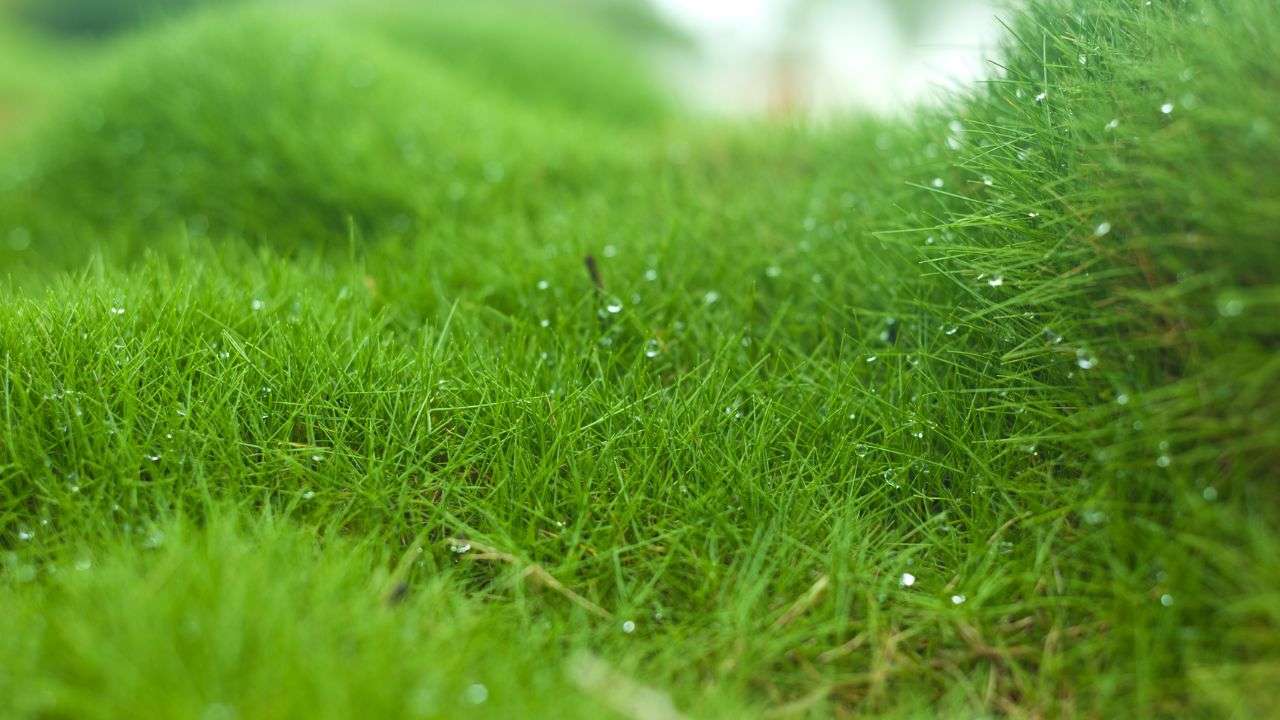
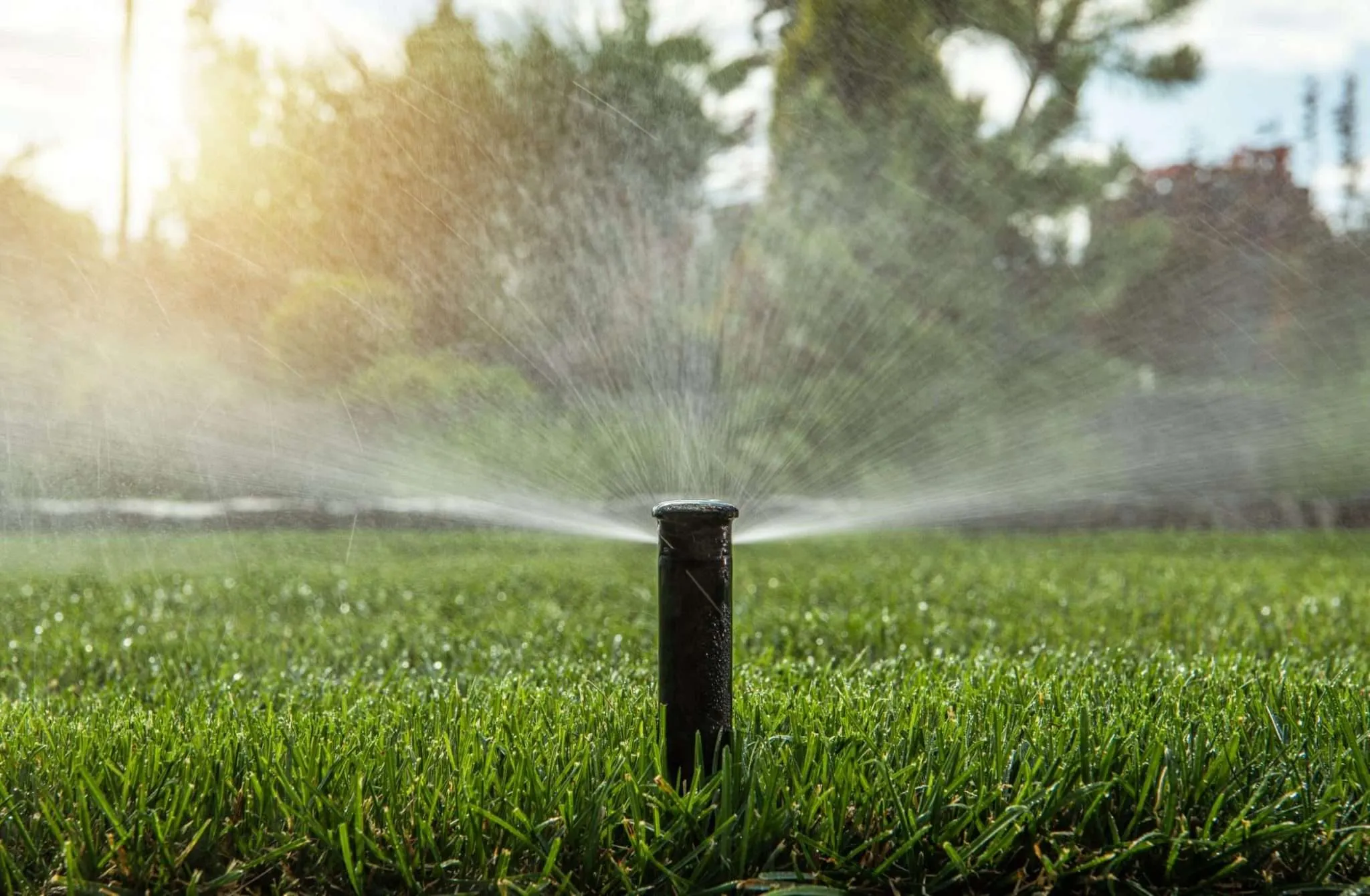
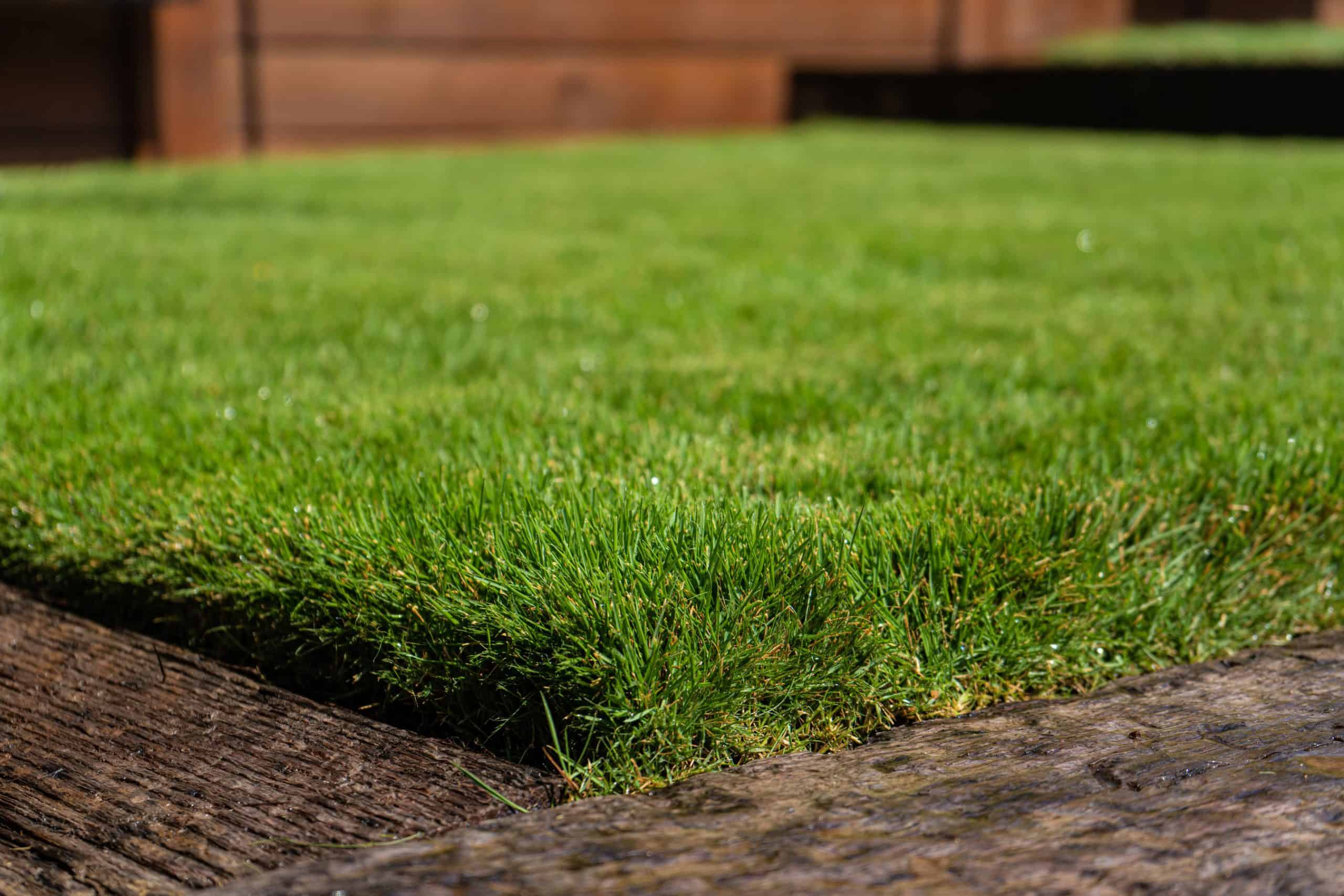
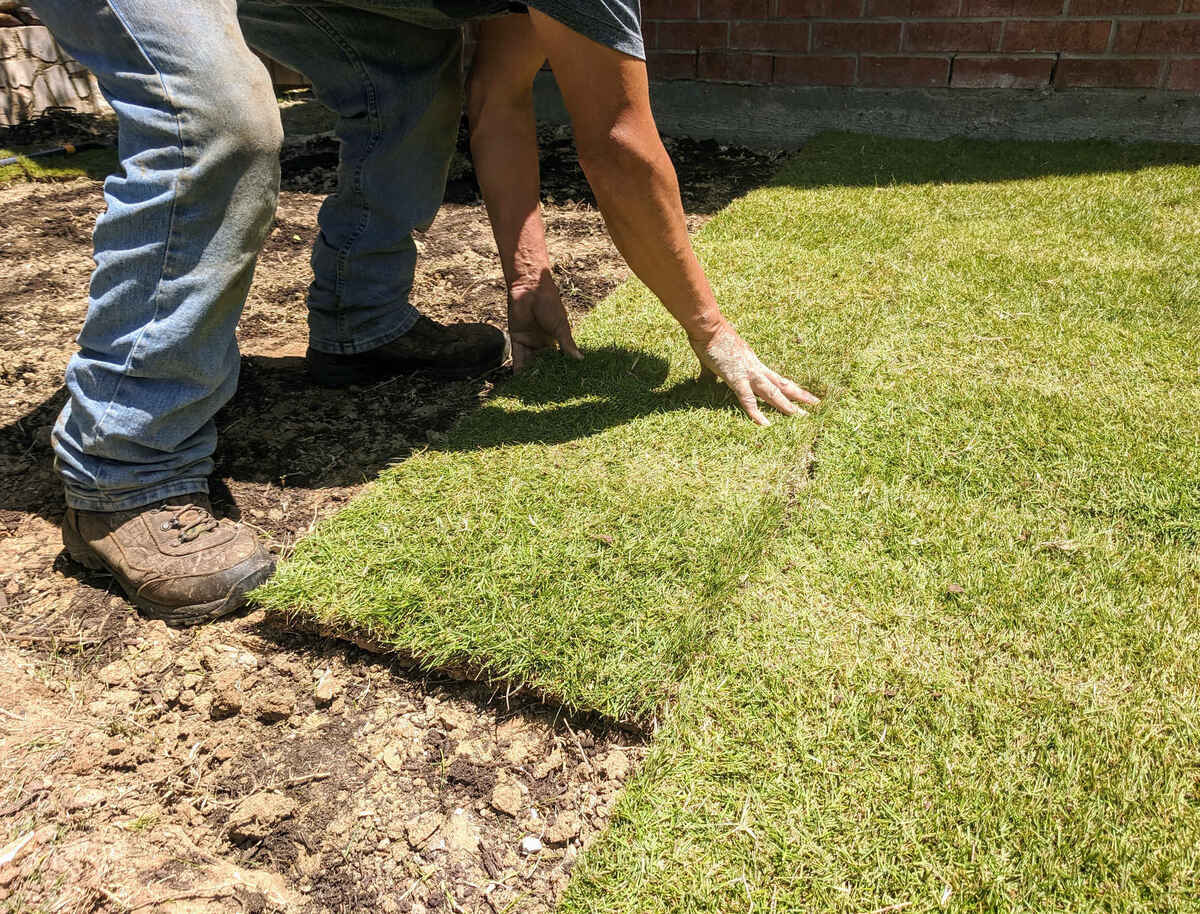
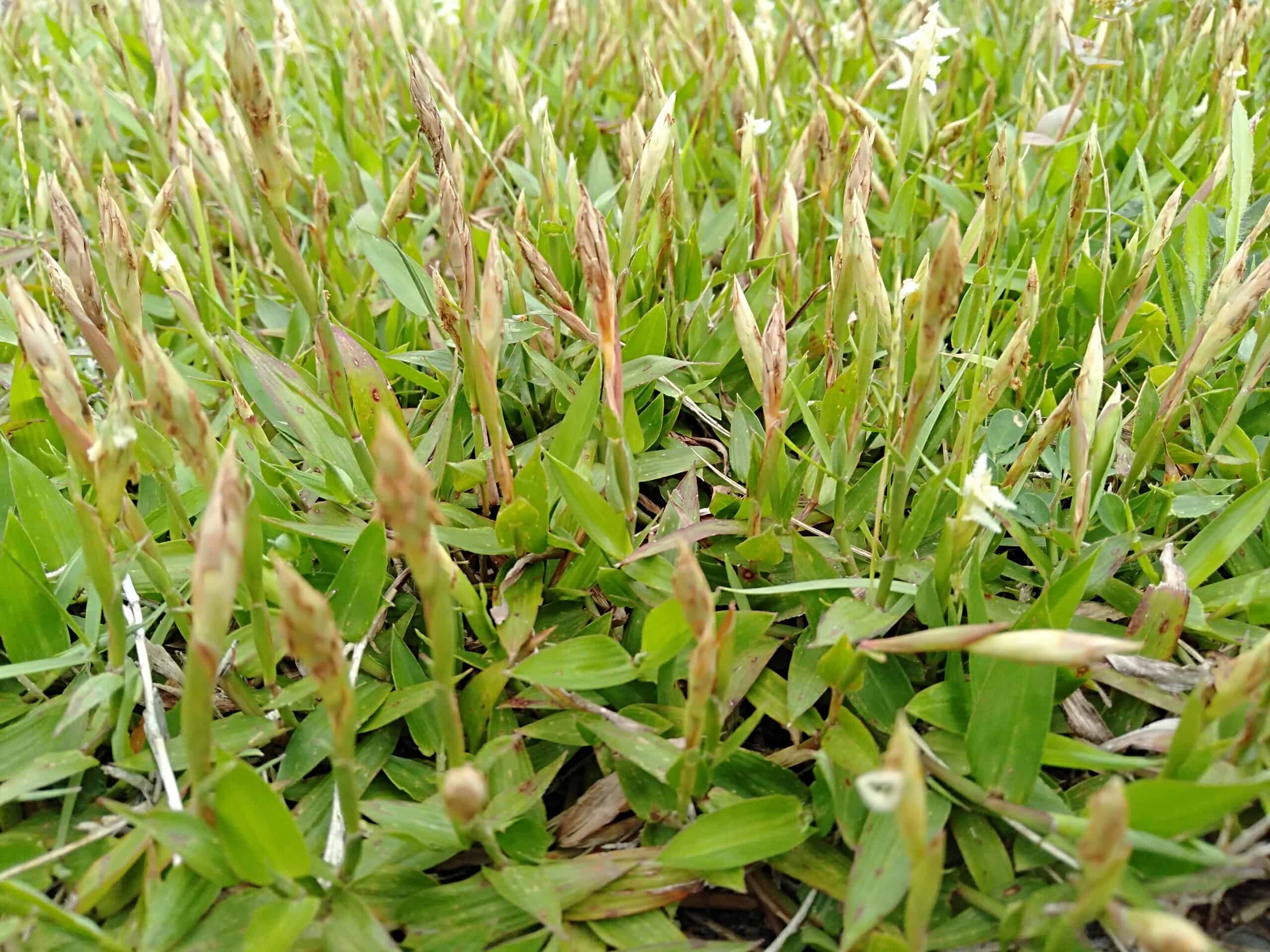
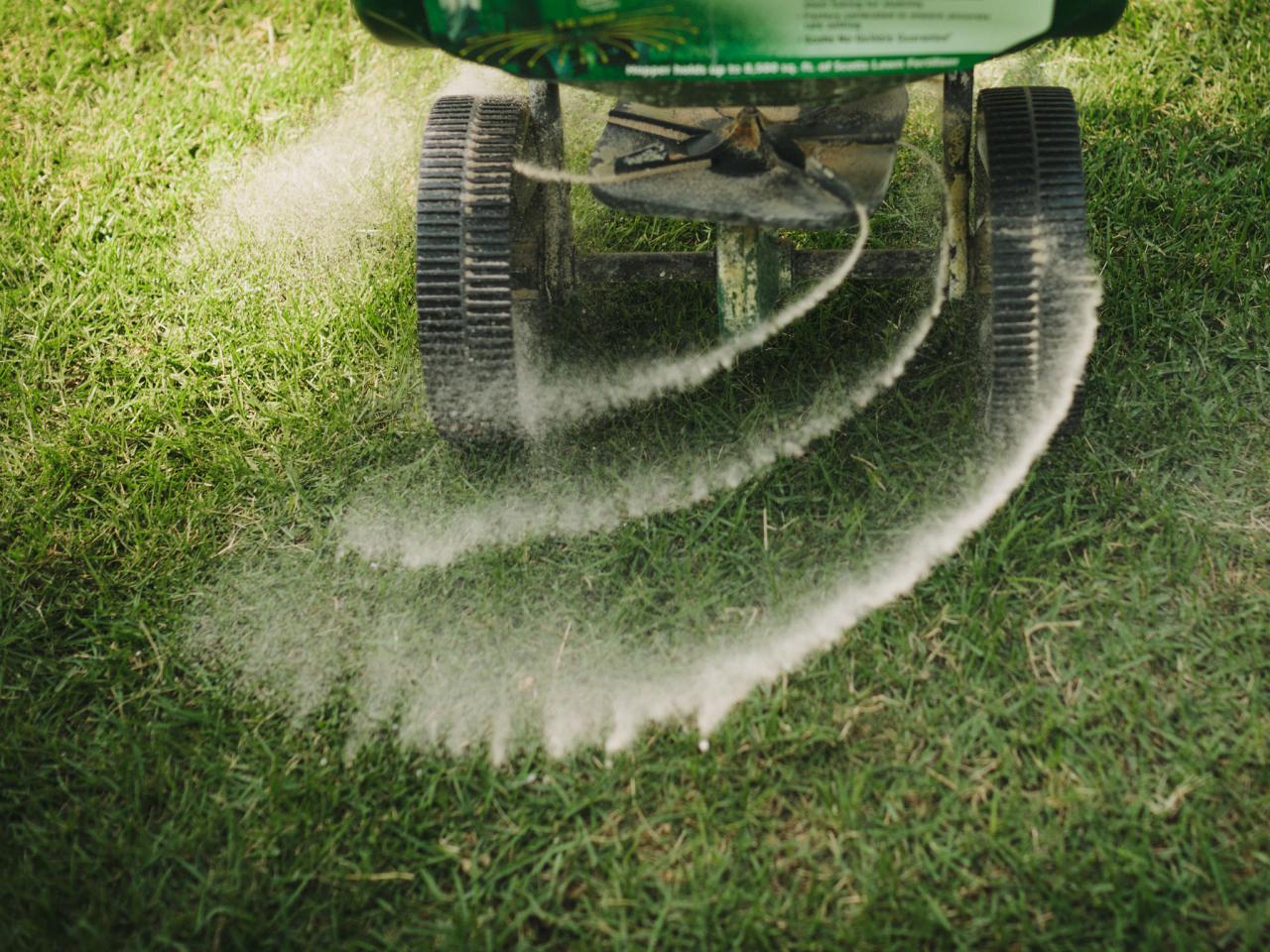
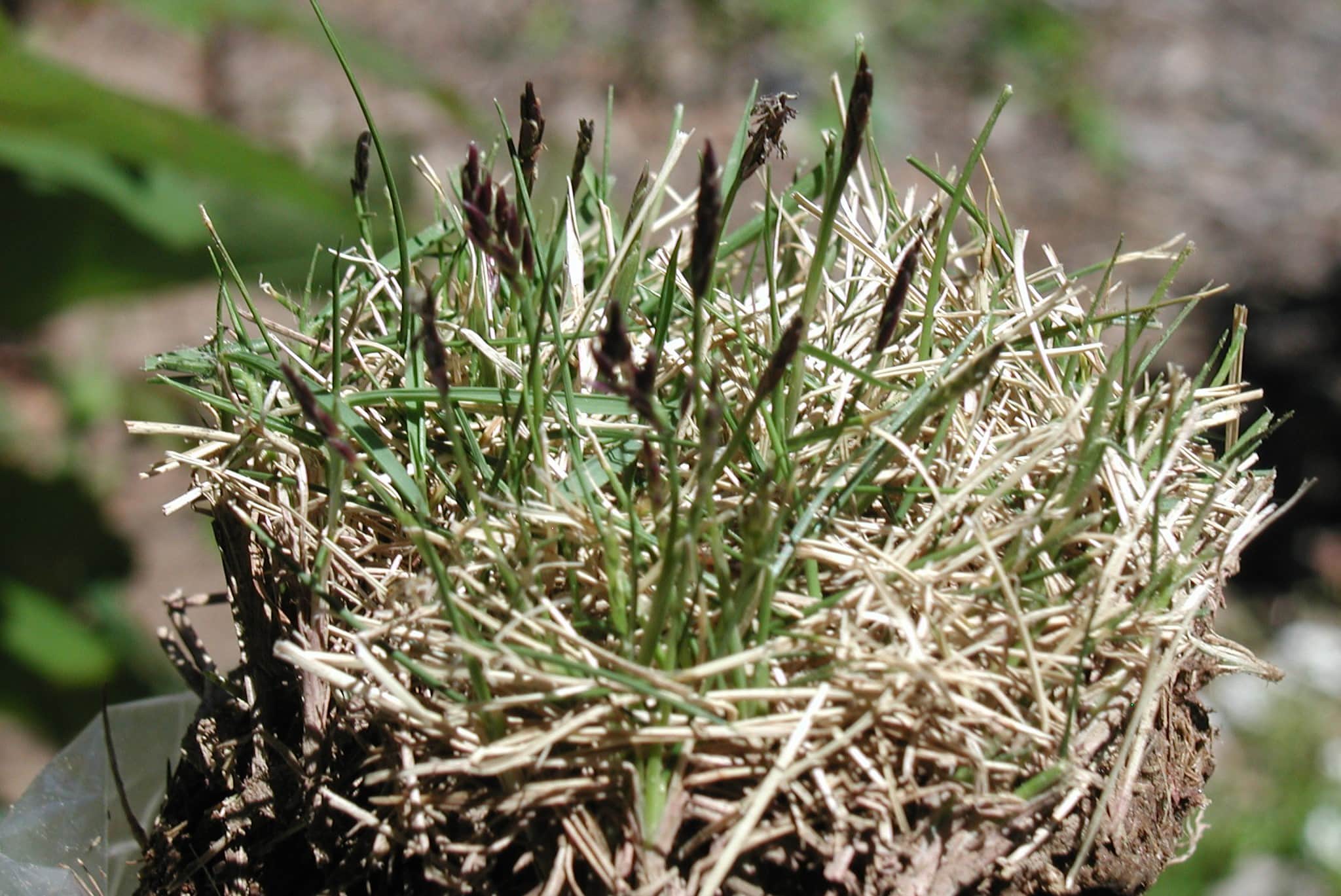
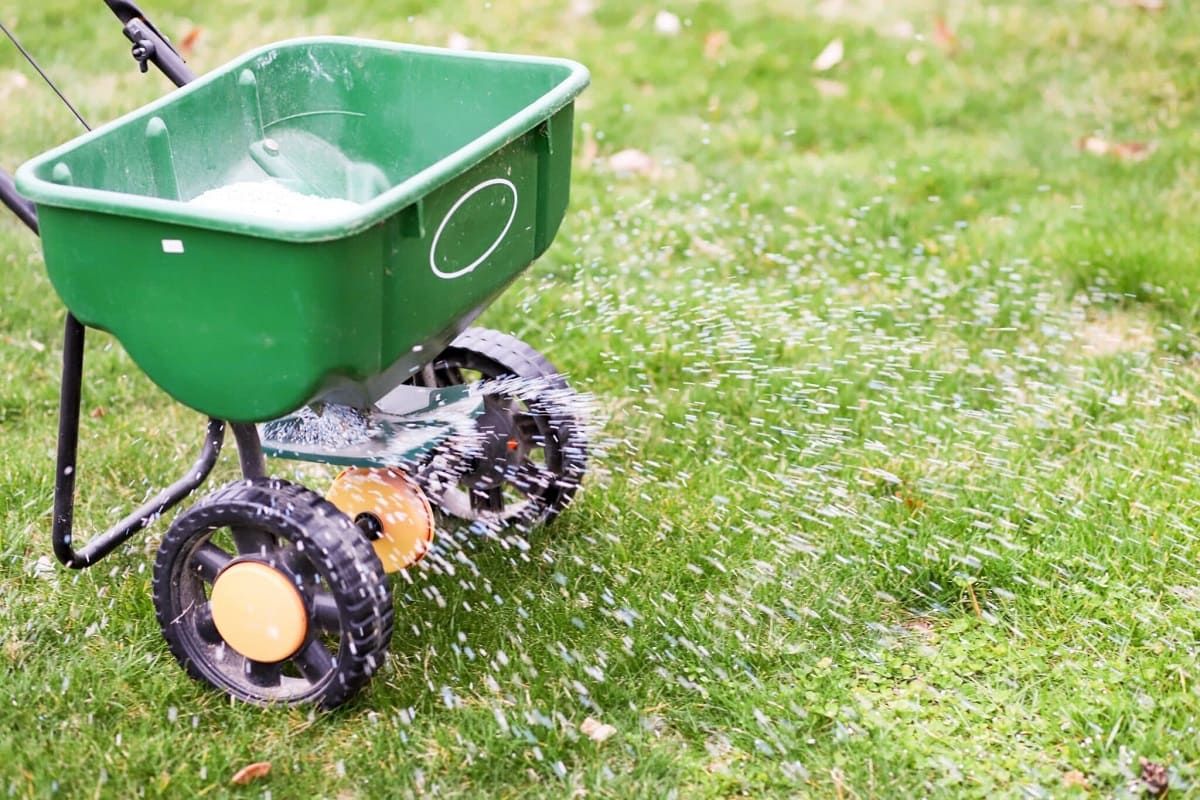
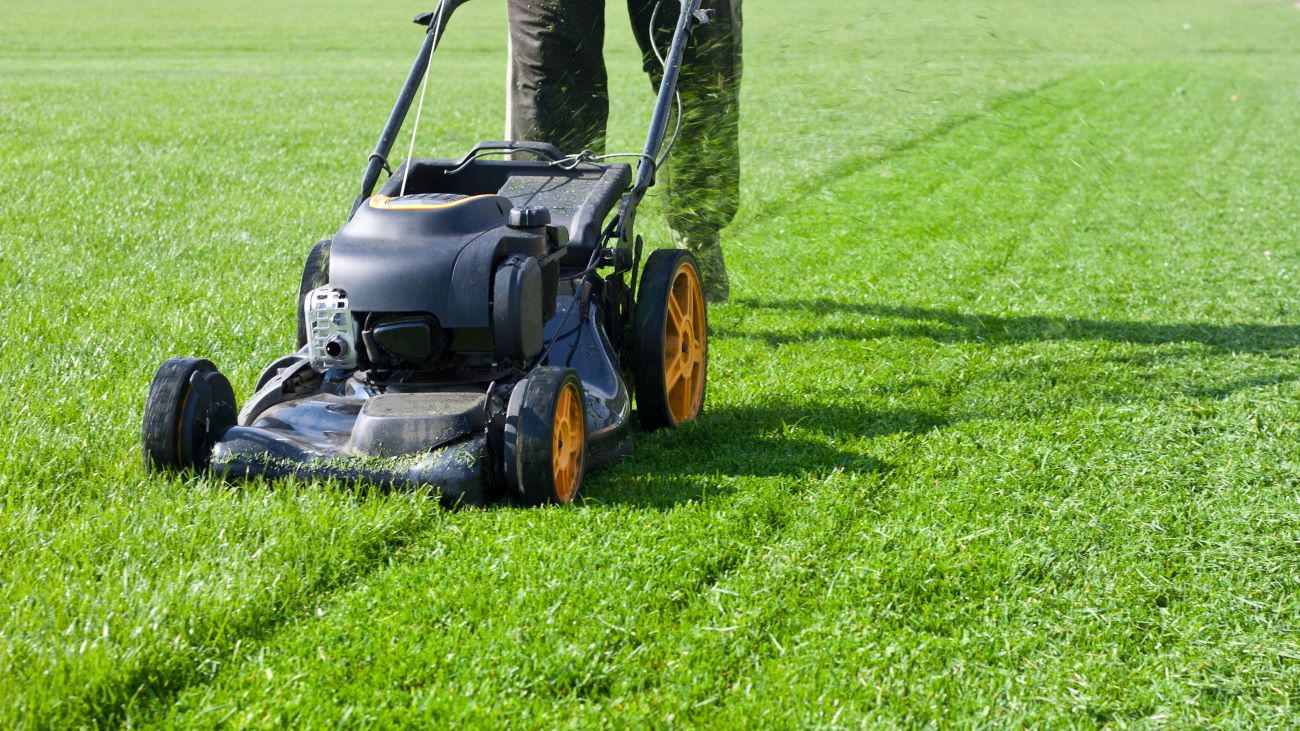
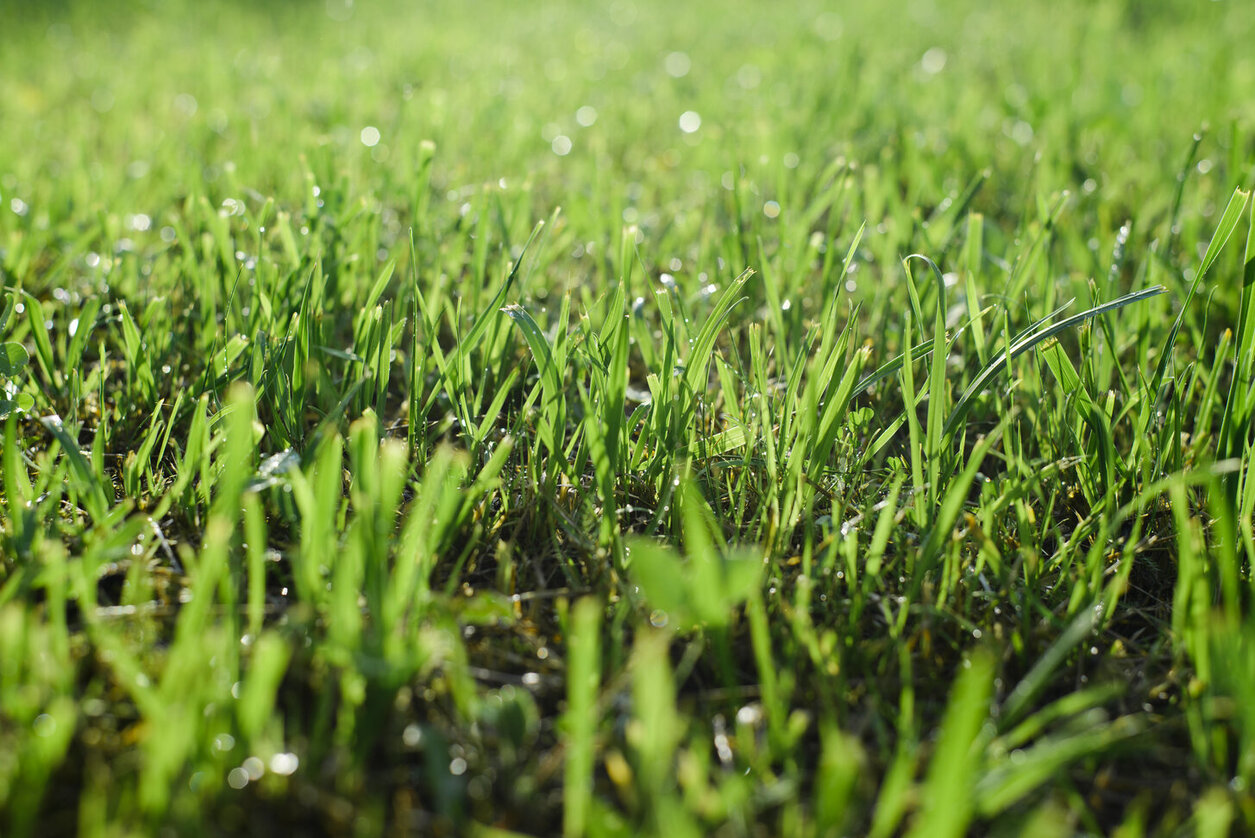
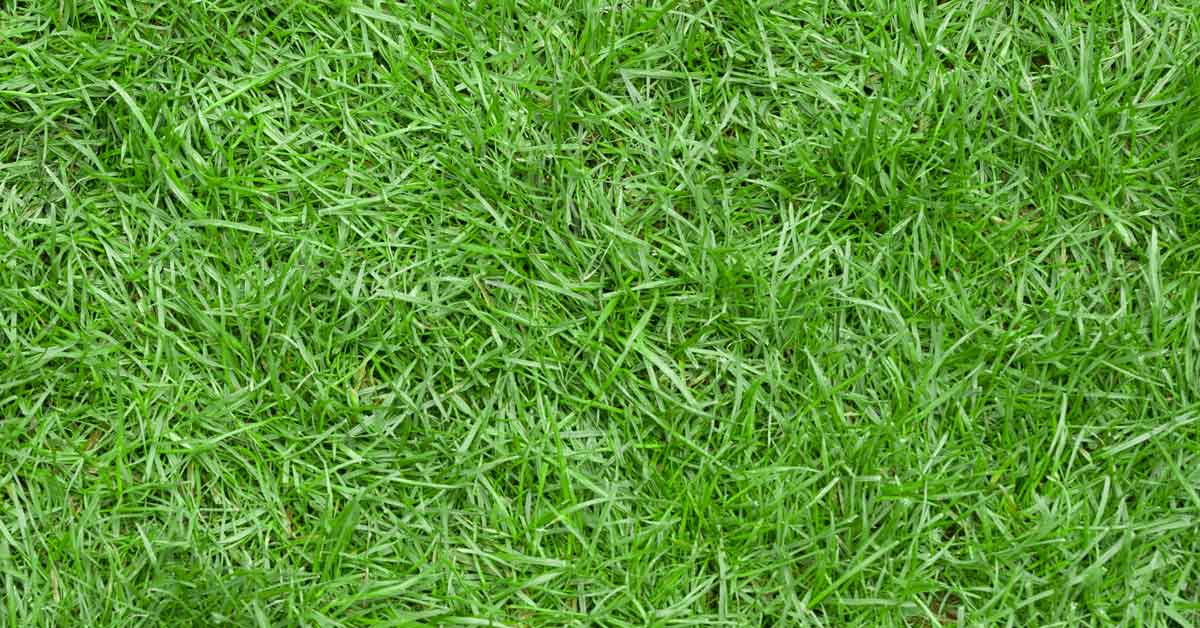
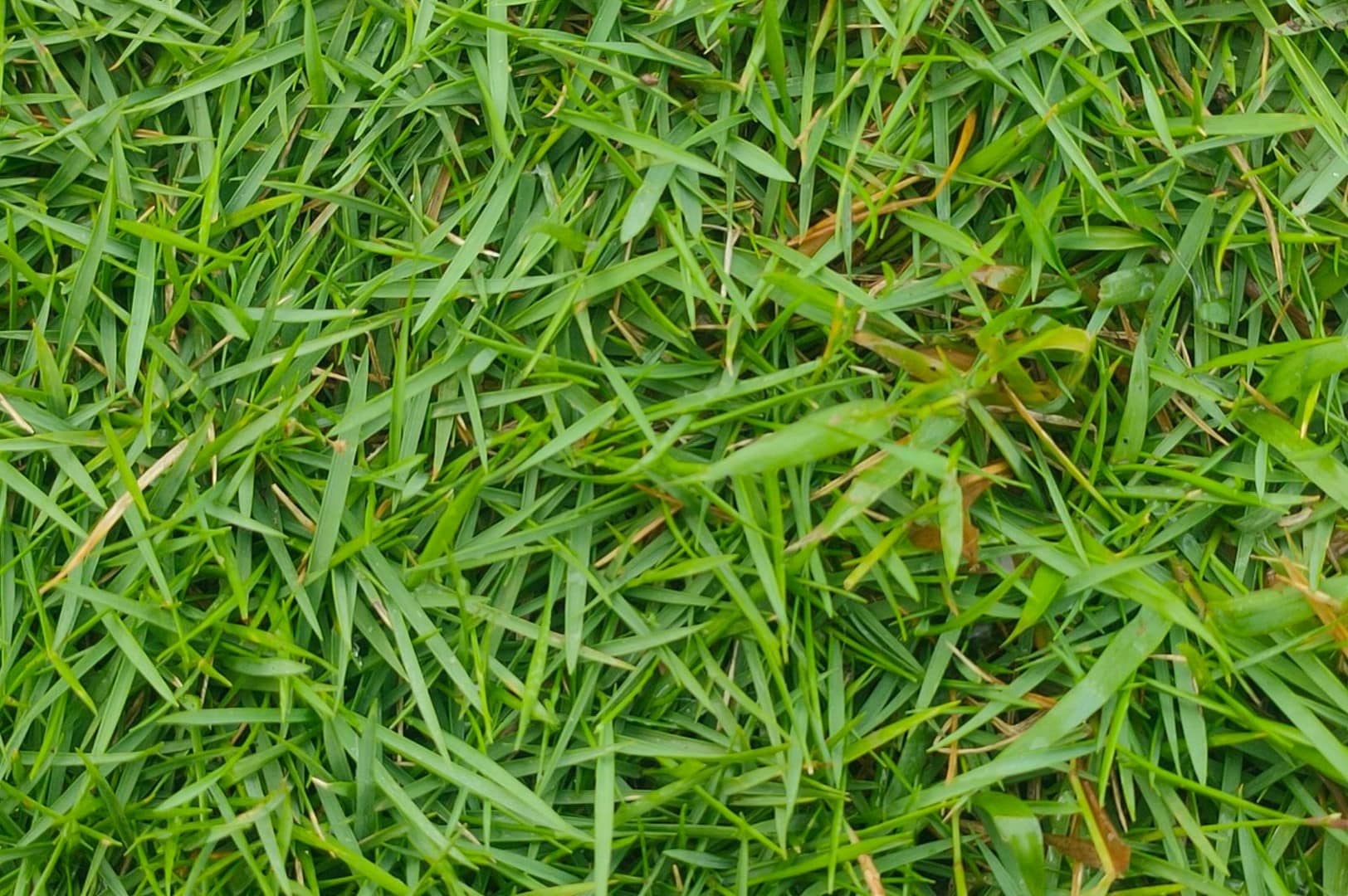
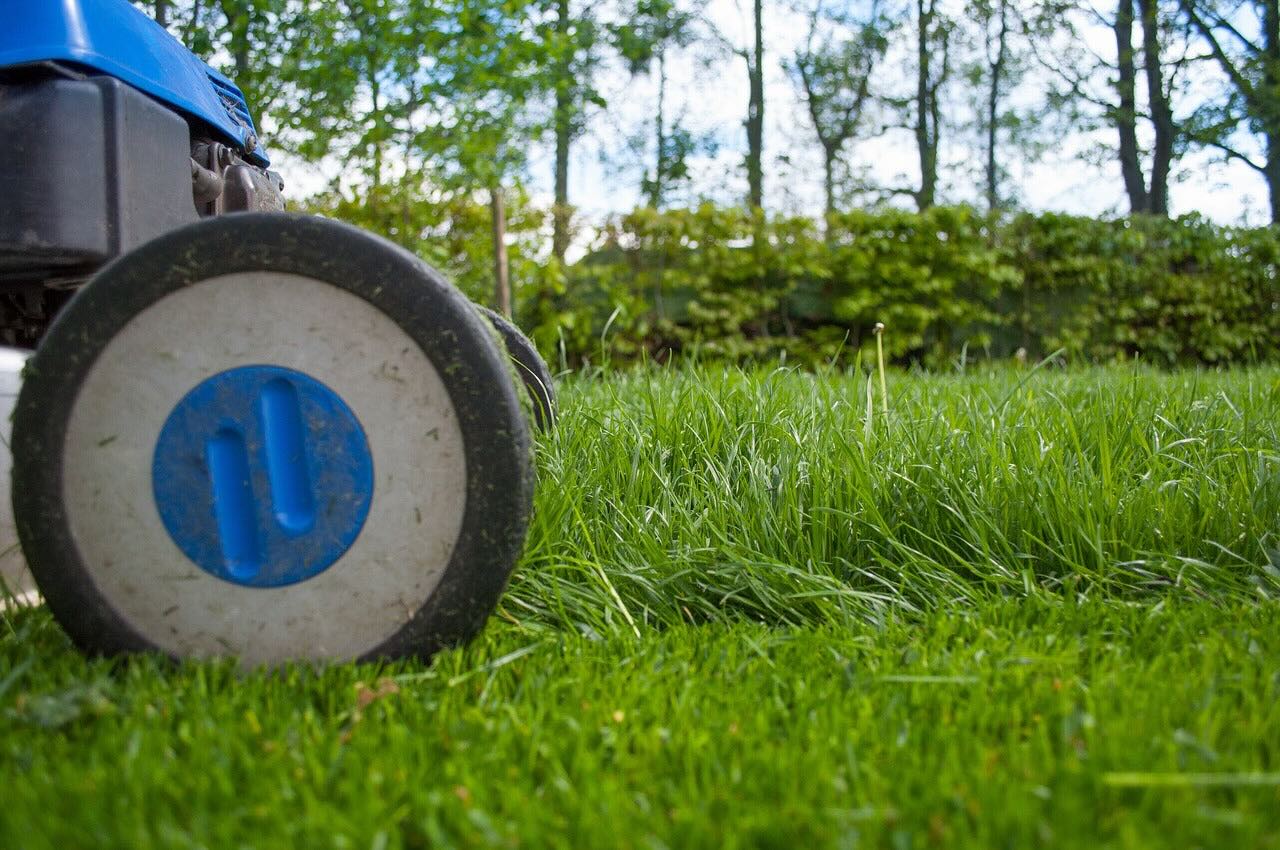
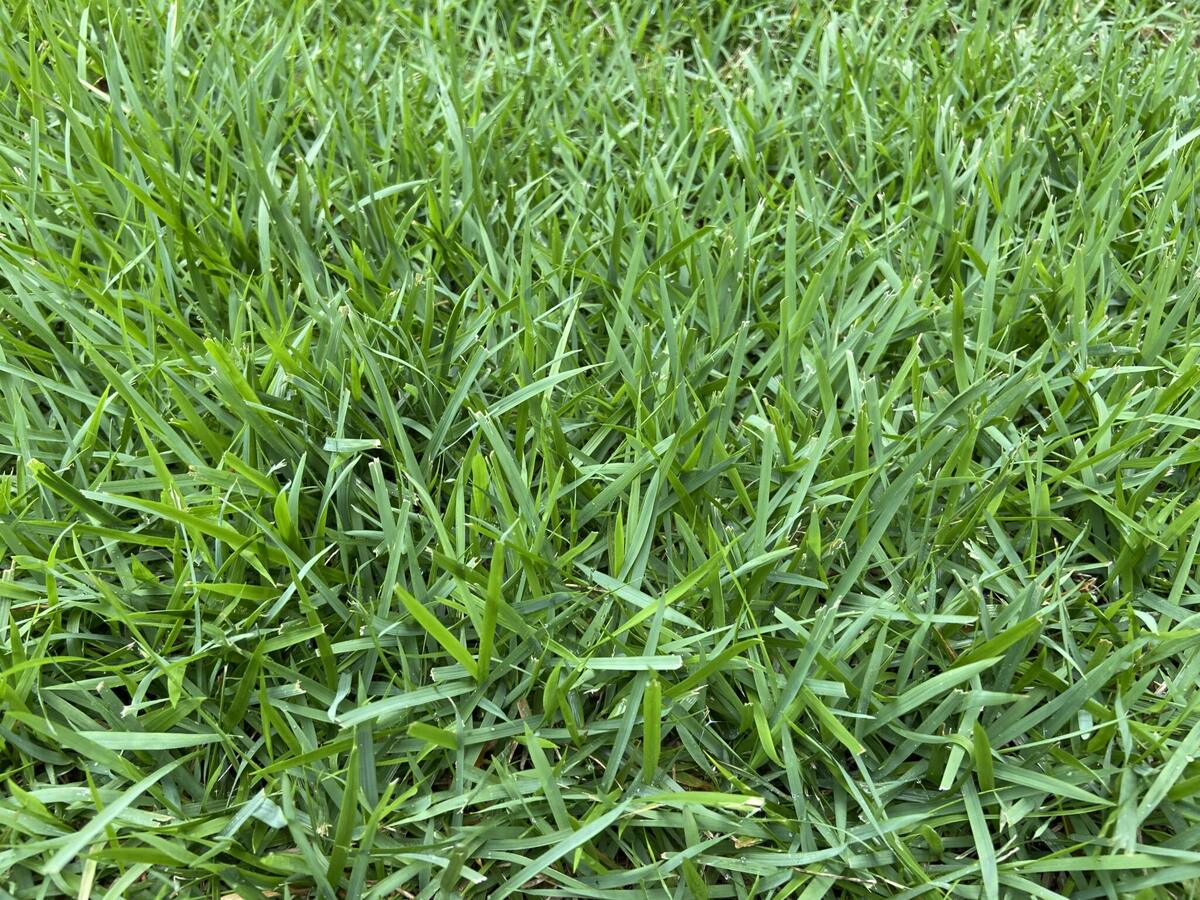

0 thoughts on “When To Fertilize My Zoysia Grass”